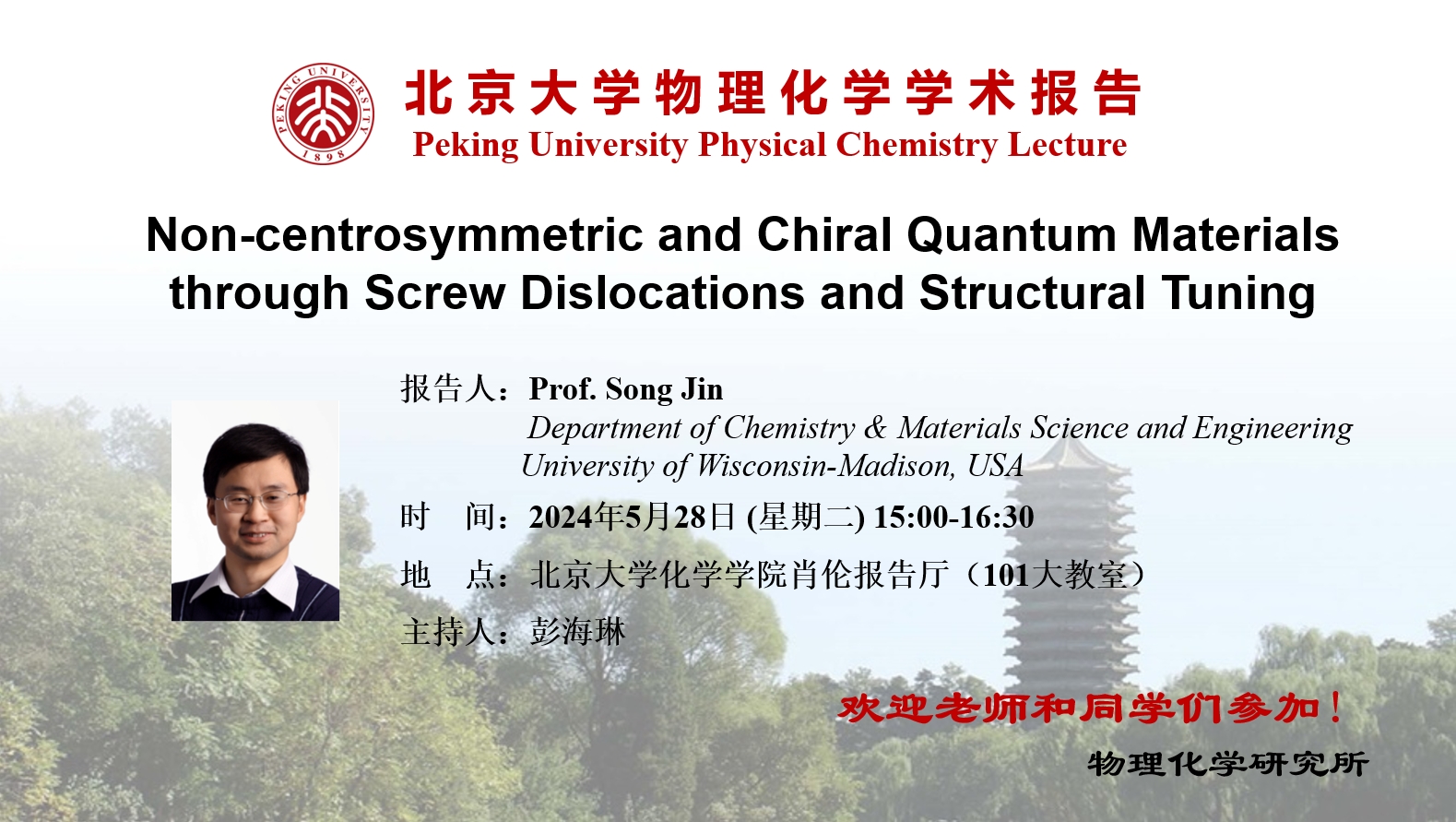
报告摘要
Rationally controlling the structures of materials allows us to tune the electronic structures and quantum states of matter, discover new physical properties, thus enabling new applications. Noncentrosymmetry of two-dimensional (2D) MX2 and halide perovskite materials could be enabled at the monolayer and bulk crystal structure level by structural tuning and screw dislocation growth to result in chiroptical properties of individual spiral microplates. Moreover, we achieved systematic interlayer twisting of MX2 spiral layers grown via screw dislocations due to mismatched geometry between Euclidean crystal lattices and non-Euclidean (curved) surfaces to form moiré superlattices, which could lead to novel quantum phenomena. Beyond optoelectronic applications, the large spin-orbit coupling in highly tunable 2D hybrid halide perovskites can lead to Rashba and/or Dresselhaus spin splitting and make them promising for spin-orbitronic applications. We utilize the complex interplay between the organic spacer cations, the A-site cations, metal cations and dimensionality to design non-centrosymmetric structures that exhibit ferroelectricity, Rashba splitting and persistent spin textures. These rational design strategies to unlock and control non-centrosymmetry, chirality, and twist of 2D materials open up new nonlinear and chiral optical properties, spin-orbitronic, twistronics, and quantum applications.
主讲人简介
Prof. Song Jin received his B.S. in Chemistry from Peking University in 1997, Ph.D. in 2002 from Cornell University under the direction of Prof. Francis J. DiSalvo and carried out his postdoctoral research under the direction of Prof. Charles M. Lieber at Harvard University. Dr. Jin is interested in the chemistry, physics and technological applications of nanoscale and solid-state materials. Dr. Jin developed innovative synthesis of a variety of nanomaterials including metal chalcogenides, silicides, and halide perovskites, and discovered and developed the screw dislocation-driven growth of nanomaterials. Building on the fundamental understanding of novel physical properties, Jin advances the exploitation of (nano)materials for electrocatalysis, solar energy conversion, energy storage, optoelectronics, nanospintronics, and biotechnology. Dr. Jin has authored or co-authored over 270 publications and 13 patents. He has been recognized with a NSF CAREER Award, a Research Corporation Cottrell Scholar Award and as one of world’s top 35 innovators under the age of 35 (TR35 Award) by the MIT Technology Review Magazine, the ACS ExxonMobil Solid State Chemistry Fellowship, the Alfred P. Sloan Research Fellowship, and the ACS Inorganic Nanoscience Award. He received Vilas Associate Award, H. I. Romnes Faculty Fellowship and WARF Named Professorship at the U. of Wisconsin-Madison. Since 2018, he has been continuously identified by Web of Science as a Highly Cited Researcher. He also serves as a Senior Editor for ACS Energy Letters.